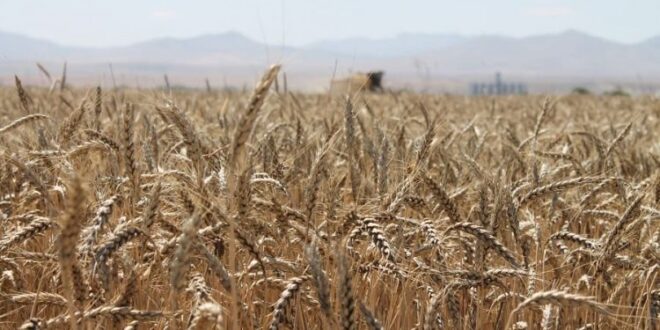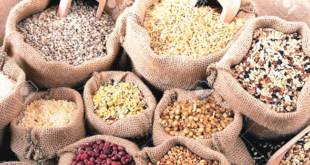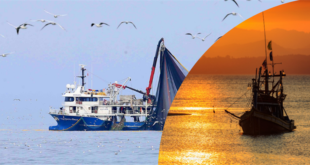Post-harvest food loss is a leading cause of food insecurity for millions of people across the world. In 2019, 690 million suffered from hunger and the situation has worsened due to the COVID-19 pandemic. Therefore, everyone involved, including farmers, handlers, traders, and governments, are part of the solution to prevent and reduce harvest and post-harvest losses and produce enough food for a growing population.
To this end, FAO organized a webinar to support farmers and producers in revising and improving the practices that result in food losses after harvest. At the virtual event, whose recording is now available online, prominent experts and practitioners across the region presented the most recent and relevant solutions and successes.
Current world population is expected to reach 9.7 billion in 2050, further adding to global food security concerns. In order to feed this larger, more urban population, food supply will need to increase by a staggering 70 percent. With food production being continuously challenged by limited land and water resources, as well as weather variability due to climate change, achieving the goals of food security in a sustainable way would also require reduction of losses, in particular, at the harvest and post-harvest stages.

“Reduced post-harvest food losses would mean greater productivity and increased food security for farmers; improved economic performance for governments; and, most importantly, more abundant and inexpensive food for consumers. Tackling post-harvest losses will also have a positive environmental effect,” explained Robert van Otterdijk, agro industry officer at FAO. Therefore, by preventing post-harvest losses in food systems, the availability of food worldwide can be increased without requiring additional resources or placing additional burdens on the environment.
Factors that contribute to food loss at the post-harvest stage range from inefficient handling to spillage during transport, and from spoilage due to poor storage to poor management decisions and insufficient infrastructure.
Particularly, Josianne Cloutier and Hans de Wild from Wageningen University and Research provided an in-depth view on the ripening and deterioration processes in fresh produce, including the most important factors for measurement, evaluation, and modelling of product quality and loss, as well as current technologies for storage, packaging, and handling.
Blazhe Josifovski, Ajde Makedonija, North Macedonia, and Anatolie Fala, National Agency for Rural Development, Republic of Moldova, presented practical case studies on the application of good harvesting and post-harvesting practices to improve value chain performance and reduce food loss and waste in the region.
The webinar is part of a series of online talks, called Impact Webinars, aimed at identifying and promoting good practices and inspire transformative interventions to prevent and reduce food loss and waste along the whole food supply chain. Each webinar will focus on a specific stage of the food supply chain from production to consumption, offering practical and evidence-based solutions that may be replicated or scaled up at national or regional level.
15 April 2021, Budapest, Hungary
www.fao.org
 THE GLOBAL WINDOW OF TURKISH FOOD AND AGRICULTURE The Global Window of Turkish Food and Agriculture Sector
THE GLOBAL WINDOW OF TURKISH FOOD AND AGRICULTURE The Global Window of Turkish Food and Agriculture Sector









